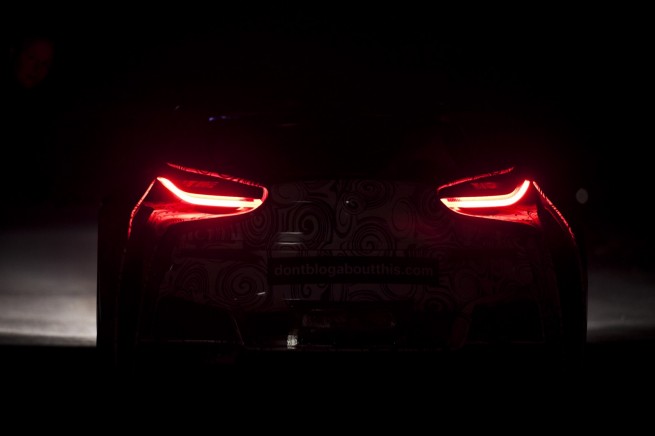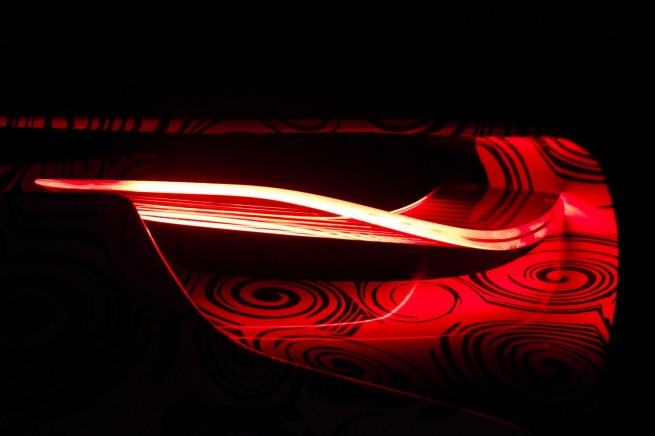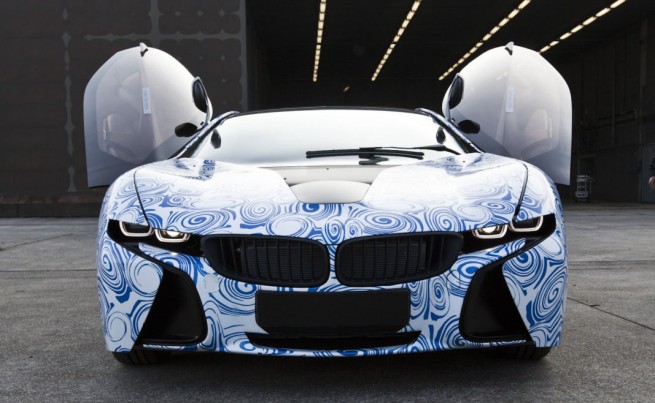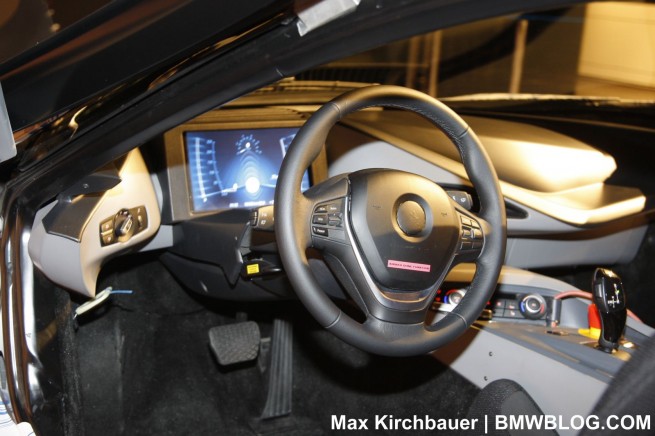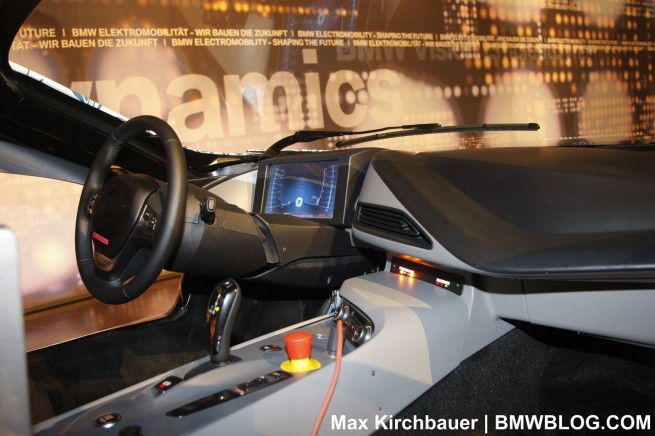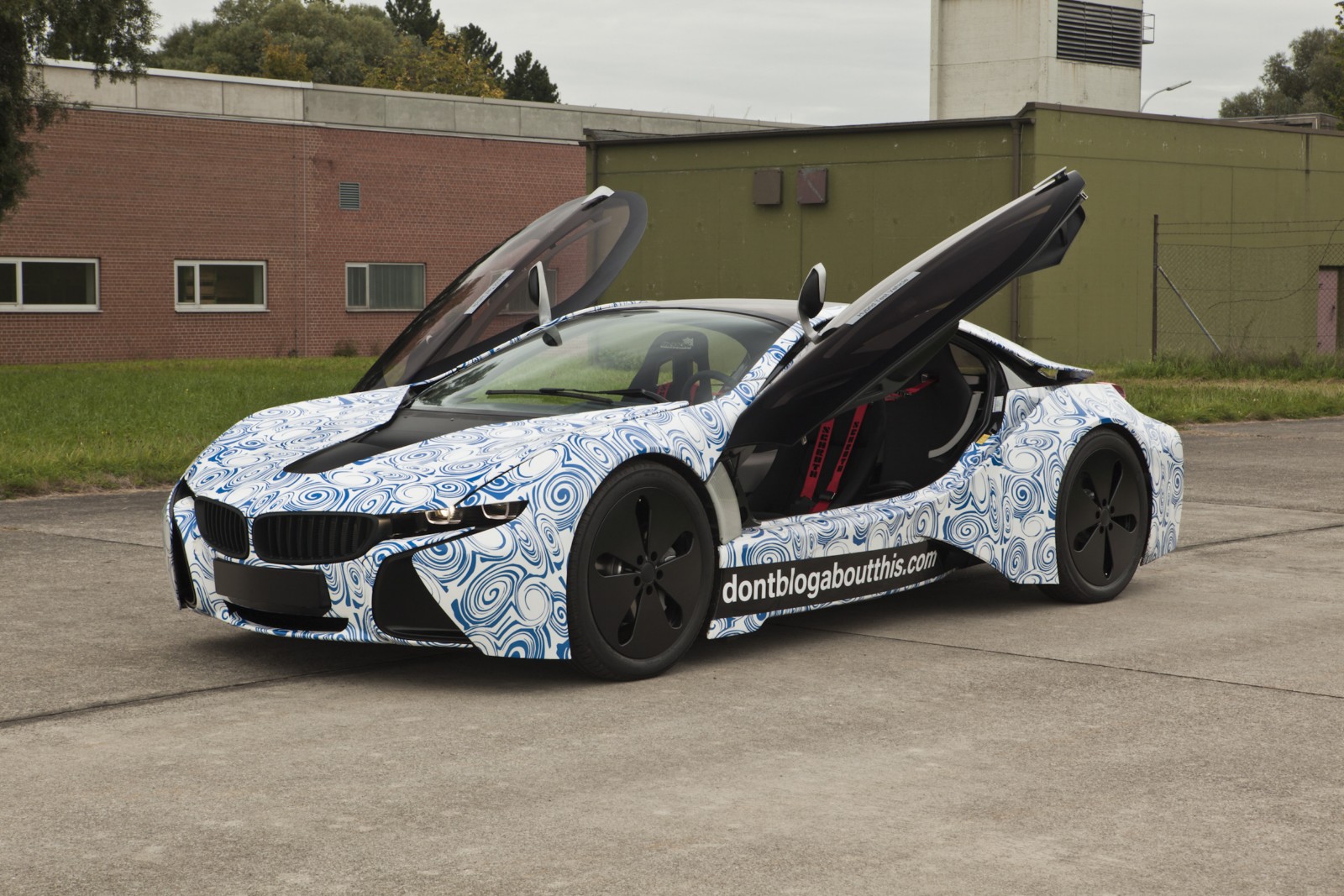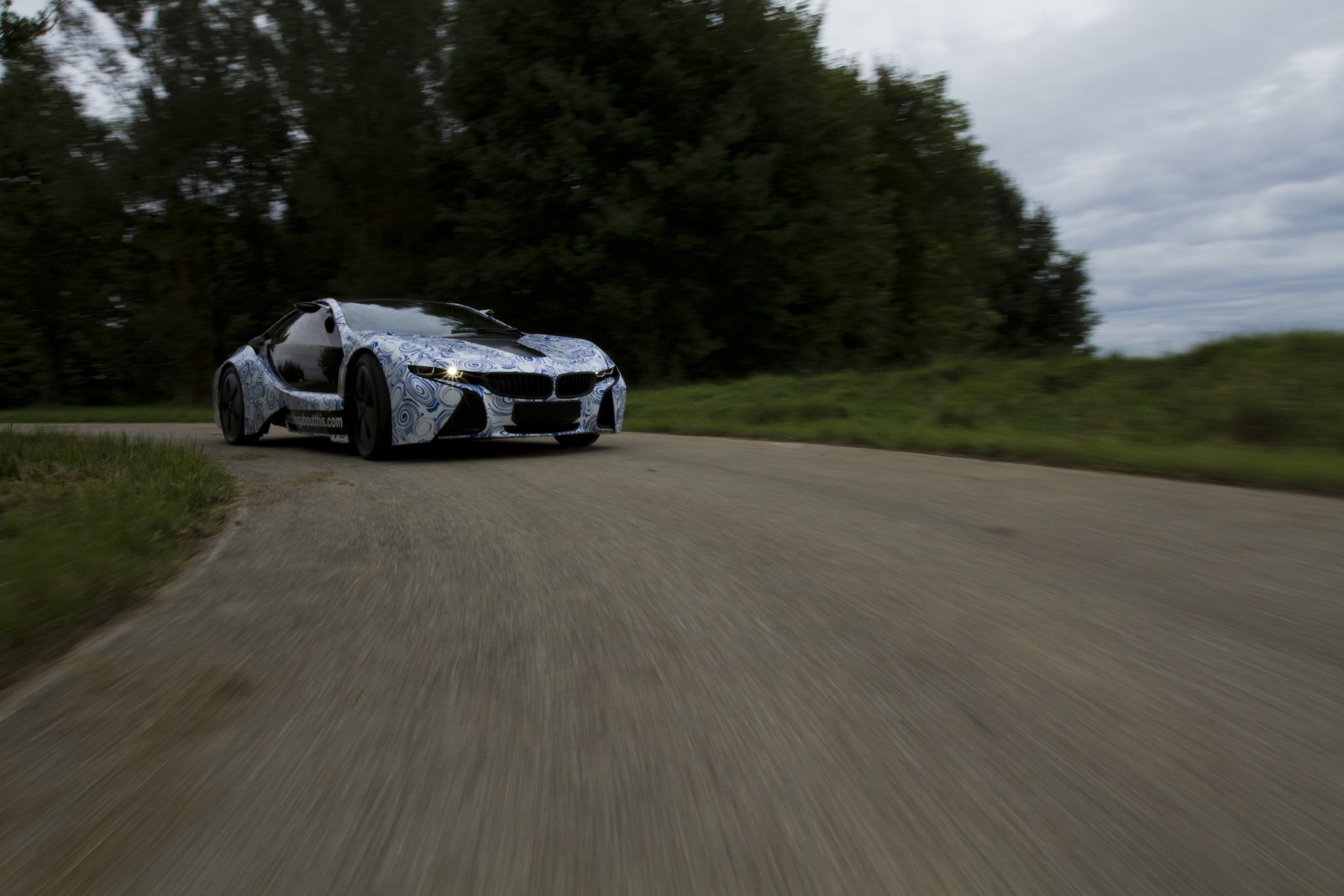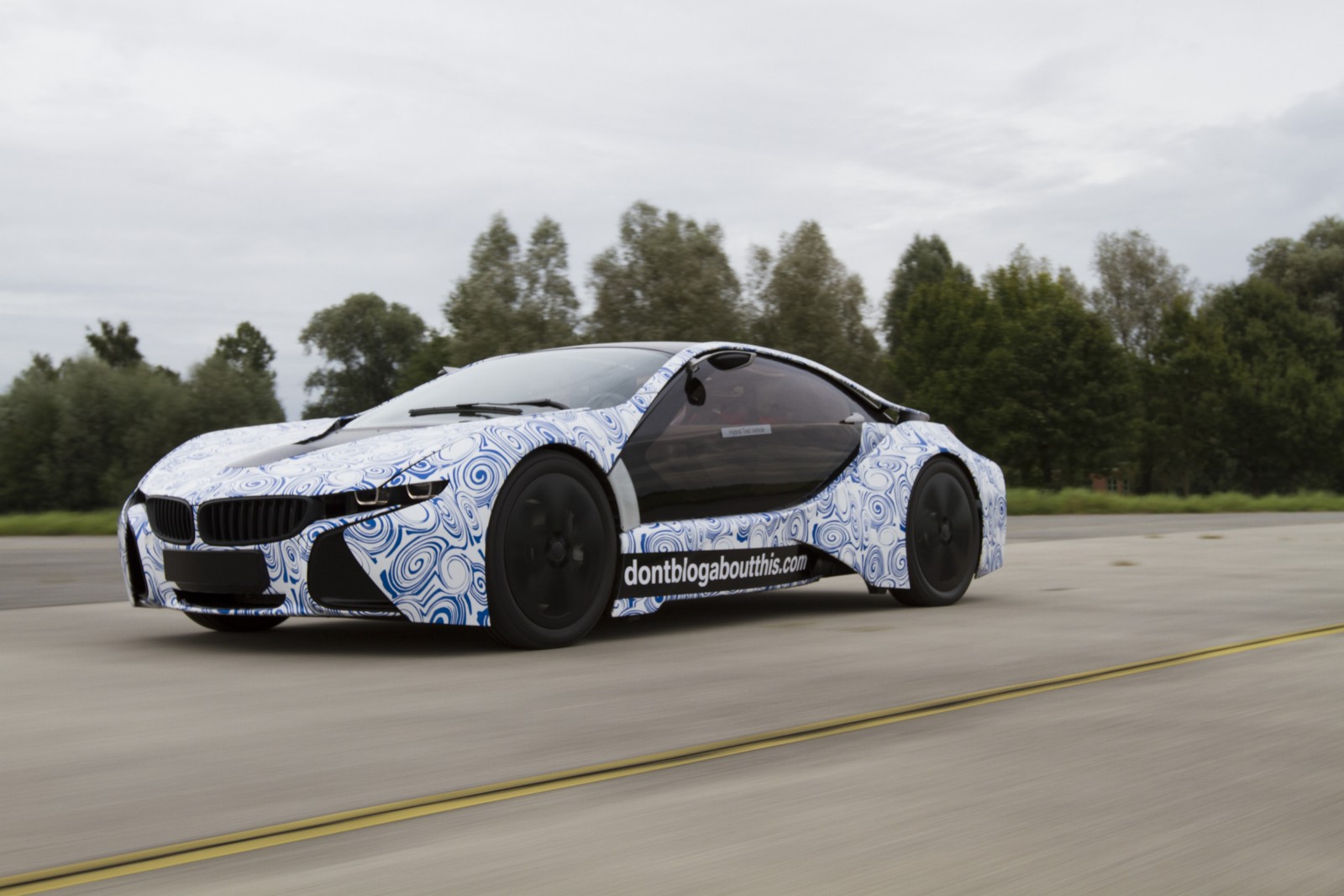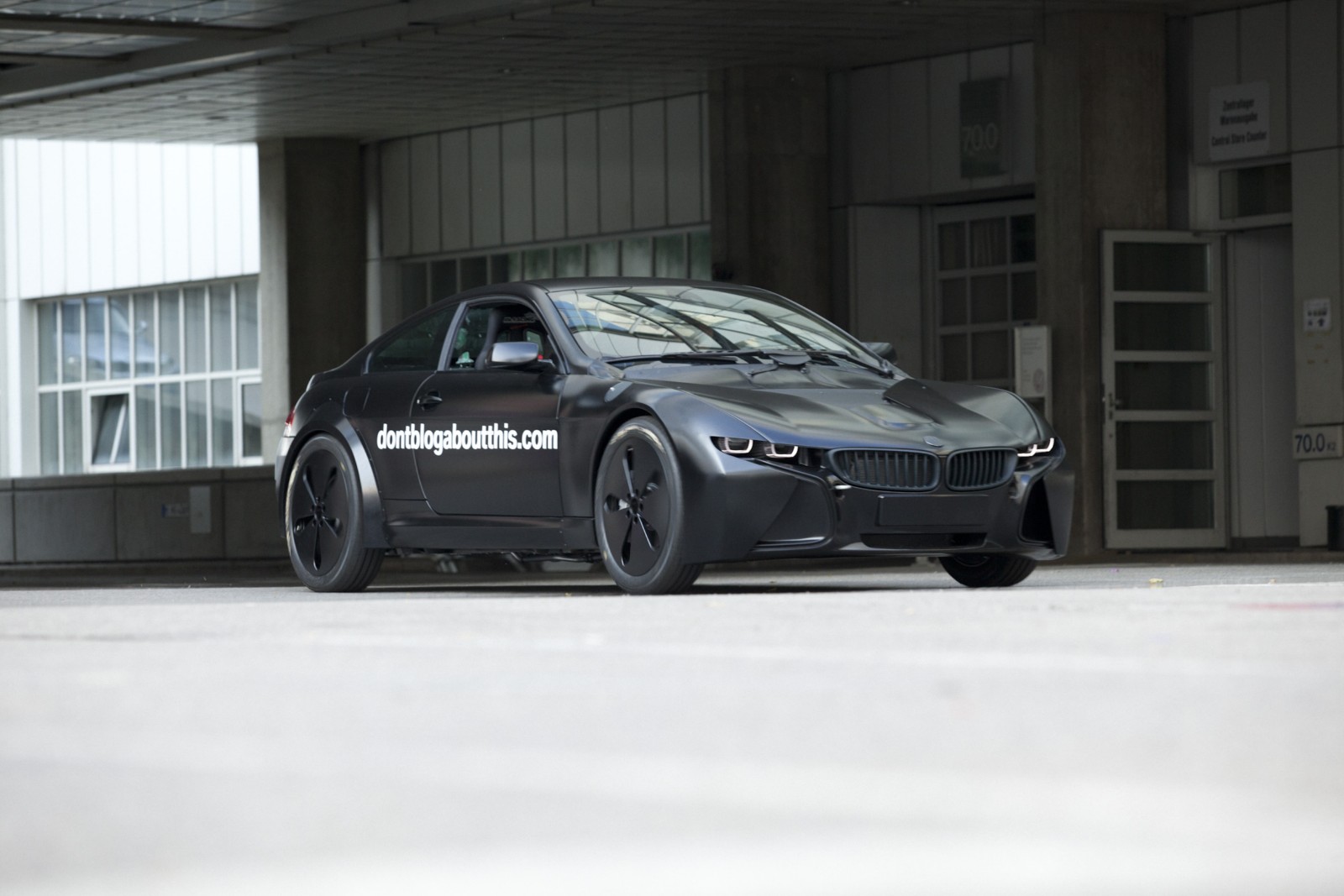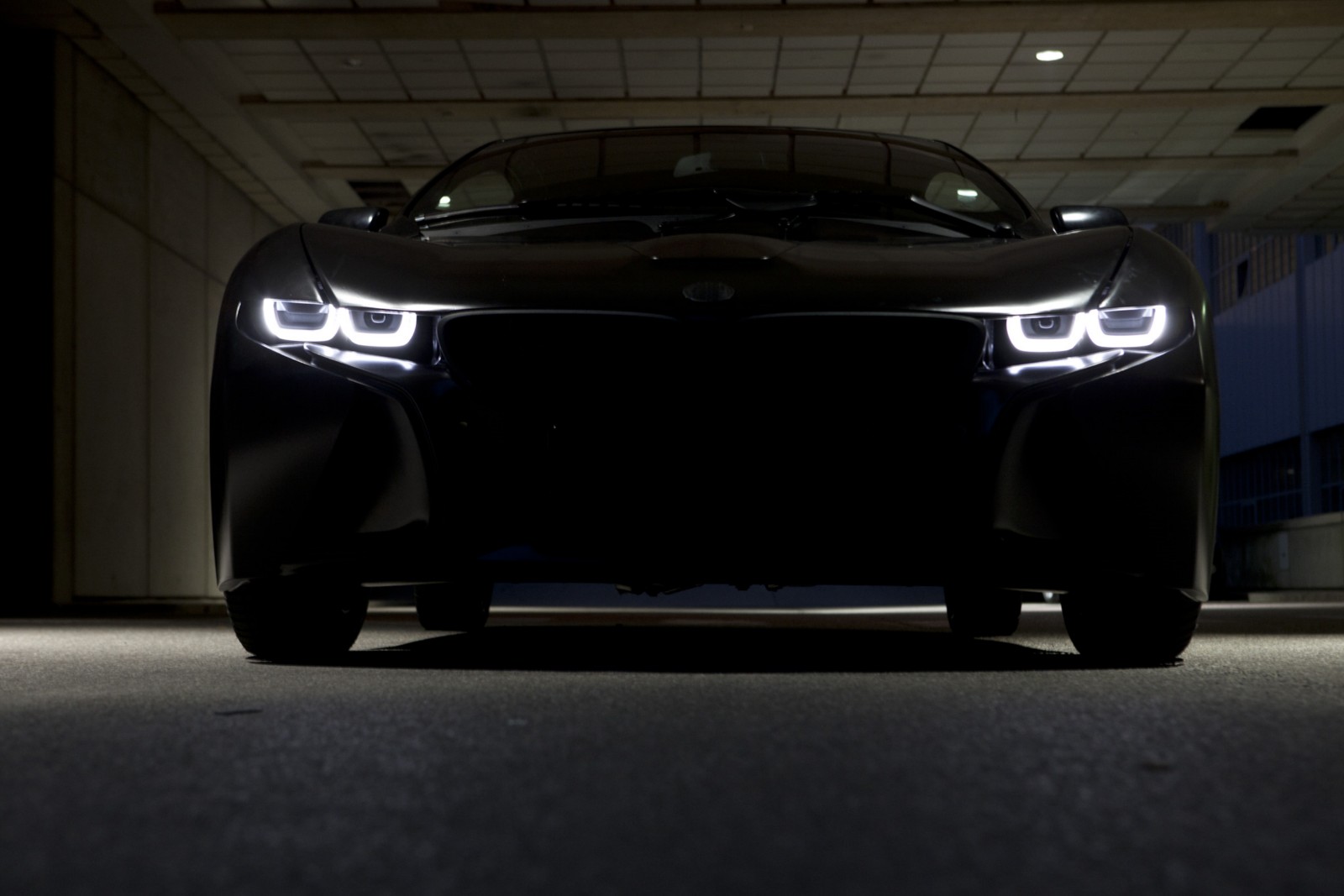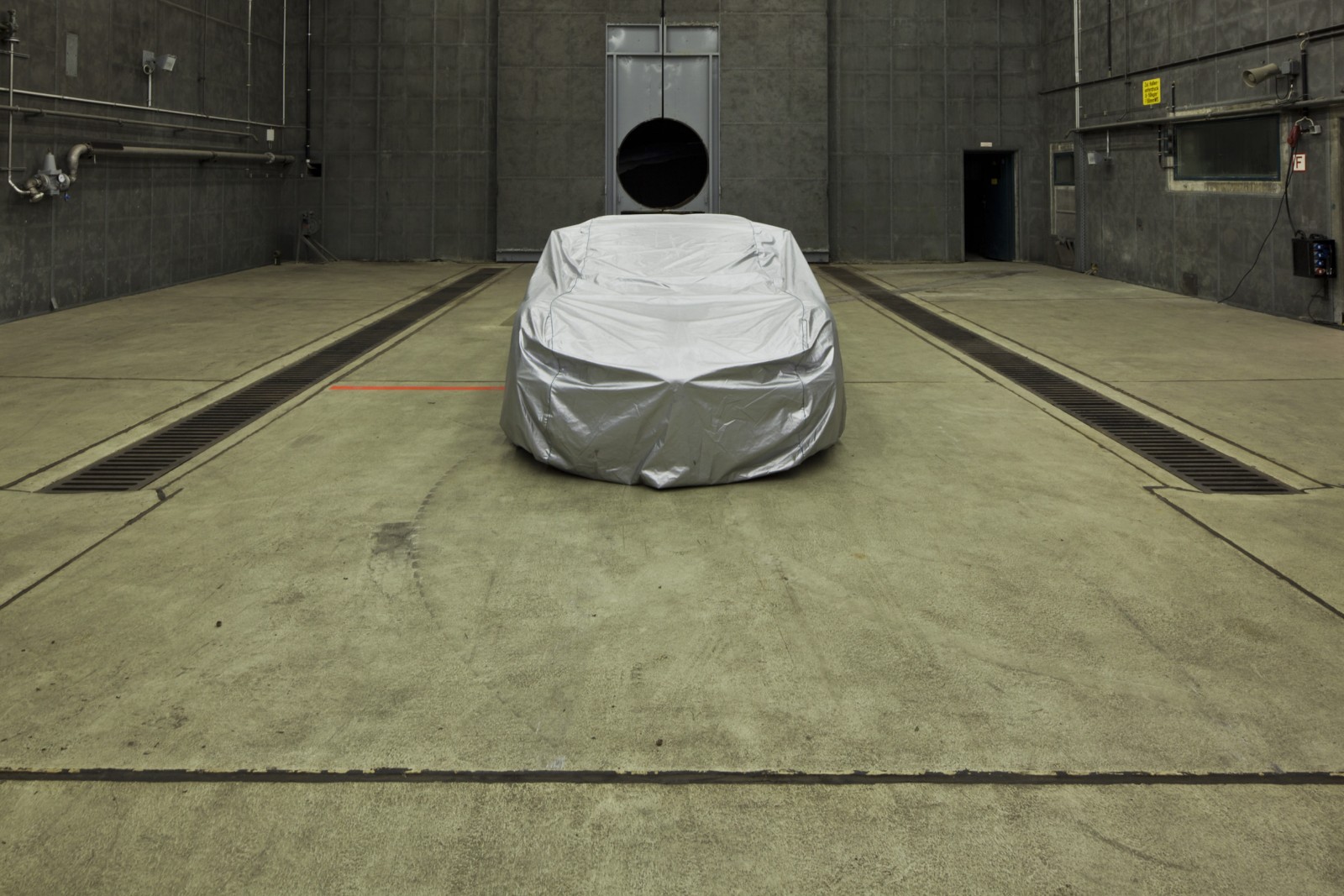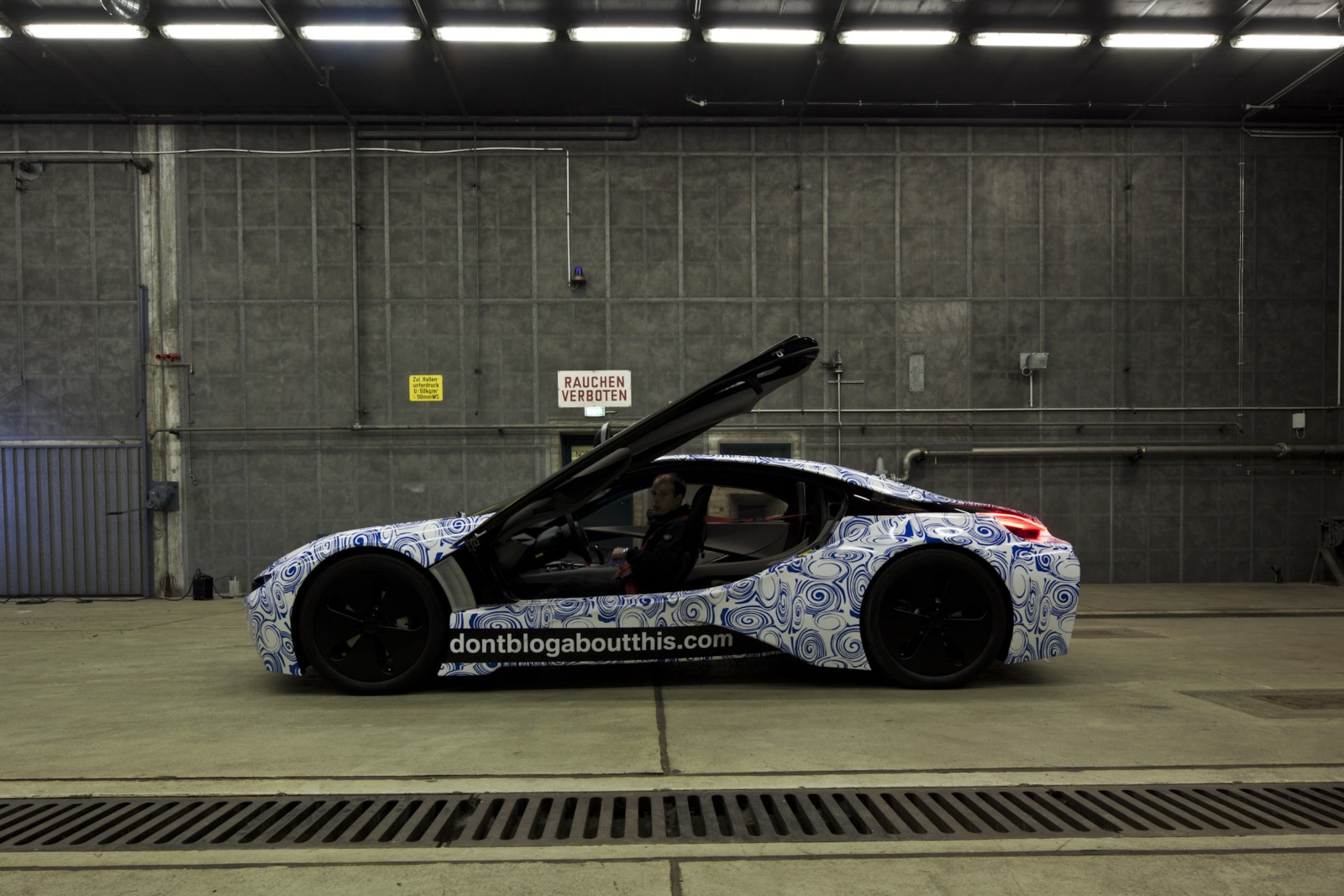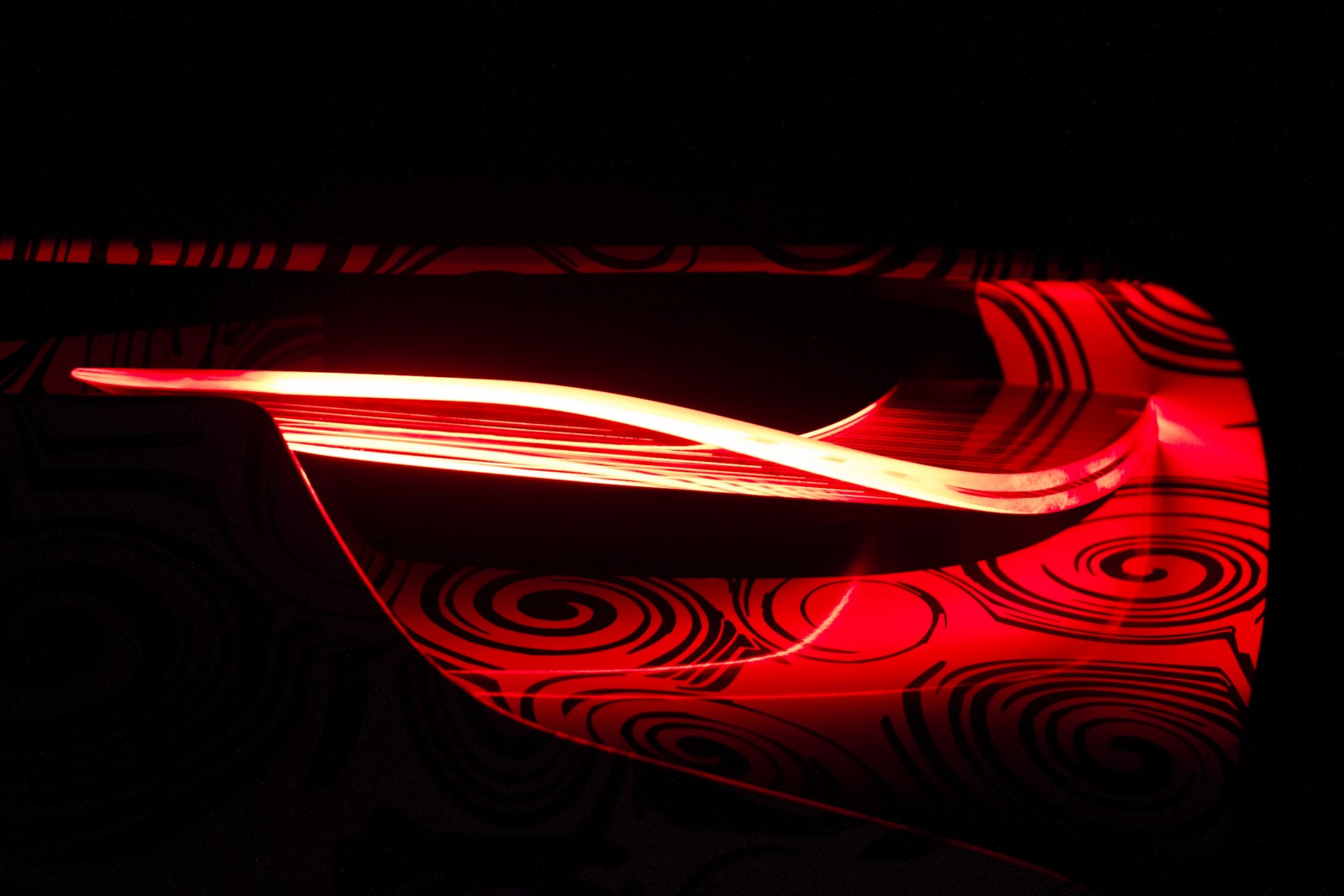A Vision Becomes Reality. Shaping The Future. Two slogans that underline a BMW hosted event at its Leipzig plant in East Germany. A small selective group of journalists were invited to experience the BMW Vision EfficientDynamics Concept.
BMWBLOG headed to Germany to take part in a co-driving experience of what we believe will be the supercar of the future. The stunning diesel-electric hybrid is labeled in this stage as the “Full Runner”, and its performance was said to be running at 60 percent at the date of the event. Developed under the Project i umbrella, Vision EfficientDynamics will make its debut as a production car at the end of 2013, with deliveries beginning in early 2014.
Unusual for BMW or any automaker, the company decided to give a very early preview of their first supercar running with a hybrid setup. The EfficientDynamics Concept features a 1.5 liter three-cylinder turbocharged engine producing 163 hp and 214 lb-ft of torque all on its own. According to Dr. Philip Koehn, Head of Vision EfficientDynamics project, his engineers were looking for the smallest engine produced by BMW and fortunately, an experimental unit was found on the premises. The diesel engined is aided by two electric engines.
 First one, in a rear-end placement, produces a constant 33 horsepower and 214 lb-ft of torque. The second electric motor sits at the front of the car for a perfect weight distribution. The electric unit outputs 80 horsepower and 162 lb-ft of torque. A temporary boost feature meant that for 30 seconds it could produce 112 horsepower or as much as 139 horsepower for just 10 seconds. The 1,450 kg sports car runs from 0-62 mph in only 4.8 seconds, performance that brings it at the same level as the current M3.
First one, in a rear-end placement, produces a constant 33 horsepower and 214 lb-ft of torque. The second electric motor sits at the front of the car for a perfect weight distribution. The electric unit outputs 80 horsepower and 162 lb-ft of torque. A temporary boost feature meant that for 30 seconds it could produce 112 horsepower or as much as 139 horsepower for just 10 seconds. The 1,450 kg sports car runs from 0-62 mph in only 4.8 seconds, performance that brings it at the same level as the current M3.
The car will charge from a conventional power socket in just 2.5 hours, and BMW indicated its fuel efficiency will approach 90 miles per gallon The car will have an electric-only driving range of about 31 miles, while diesel power extends the total range of the vehicle to up to 435 miles.
BMW engineers were employed for the day to haul around a group of journalists, including yours truly. In the short, but exciting ride, the BMW engineer took us through all of the car’s three settings: front-wheels spun by the electric motor, both front and rear-wheels driven by the full-electric mode, and last and most exciting, full throttle wit the entire hybrid system working at its current full capacity.
In this current stage of development, the interaction between electric motors and the internal combustion engine was activated manually by a push of a button. In the production series, the hybrid system will be controlled by the electronic system which engages different engines based on the driving needs.
In electric mode, the current rides as quiet as the MINI E, with a soft whisper that conceals its supercar spirit. To emphasize its athletic abilities and the supercar image, the BMW driver fired up the diesel engine and gave us a couple of straight lines. Each time the Vision prototype reached speeds near 90 mph and despite its 60 percent power level, the full throttle managed to push us back into our seats. The sound coming from the three-cylinder engine was quite evident, but we learned that the car was missing the usual phonic isolation.
Unfortunately the short ride did not give us enough time or hands-on experience with the Concept to properly asses its capabilities and potential, but based on the performance seen at this early stage in the development process, we are fairly comfortable in saying that BMW will change how we perceive supercars. Despite its comparison to the Audi R8, the Vision Concept has nothing in common with the spirit of the R8, other than their edgy and flashy looks. One car, the Vision Concept, builds on the idea of future mobility aided by electric motors, while Audi’s best car to-date, the R8, is all about massive power coming from a supercar-worthy engine.
BMW continues to emphasize that their hybrids and full-electric cars will carry over the sporty spirit that characterize the brand, and these vehicles will continue to deliver the emotional driving experience the customers expect.
Inside, the design is far from being finalized. The current prototype sports a variety of different controls and parts from a wide range of BMWs. In the production model, the bucket seats will go through some changes. The dasbhoard features the electronic screen seen in the Concept, with the speed and other messages being displayed on the fancy and slick LCD.
The carbon-seats found in the prototype were equipped with four-point seat belts, giving the car a more racing style. The wing doors will make it through the production lines, with slight modifications, including the addition of a retractable power-operated window and on-door controls to operate its functions.
Interesting enough, BMW says that the 195 mm wheels are sufficient for a supercar of this type. Despite having a narrower grip, the 21 inch wheels offer more surface contact. Unofficially BMW stated that the production car might see a slight increase in tires width.
The eco-friendly supercar will be produced in 5,000 units every year and European pricing is expected to be anywhere between 150,000 to 175,000 euros.
As the project progresses, BMW is expected to continue offering driving experiences aboard the Vision Concept and we are looking forward to the next opportunity to experience what we call, the “Supercar Of The Future”.




